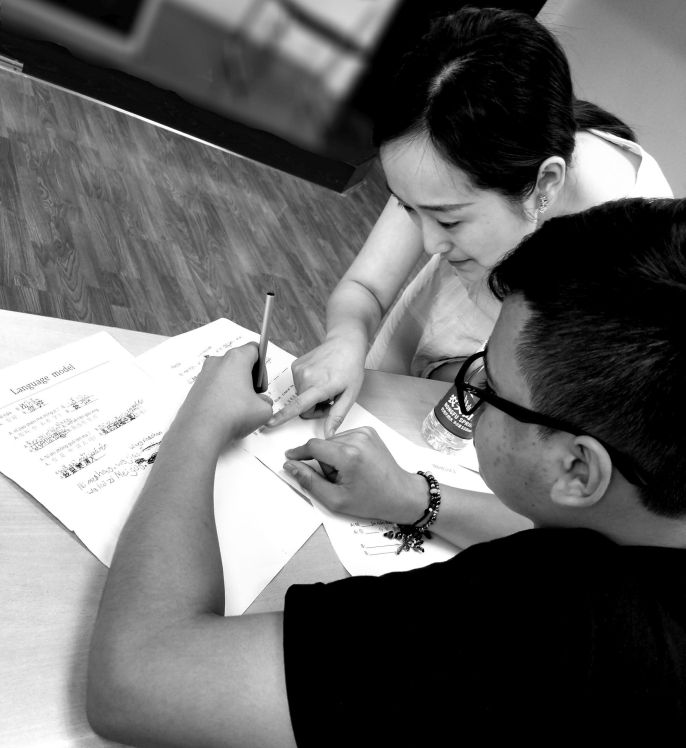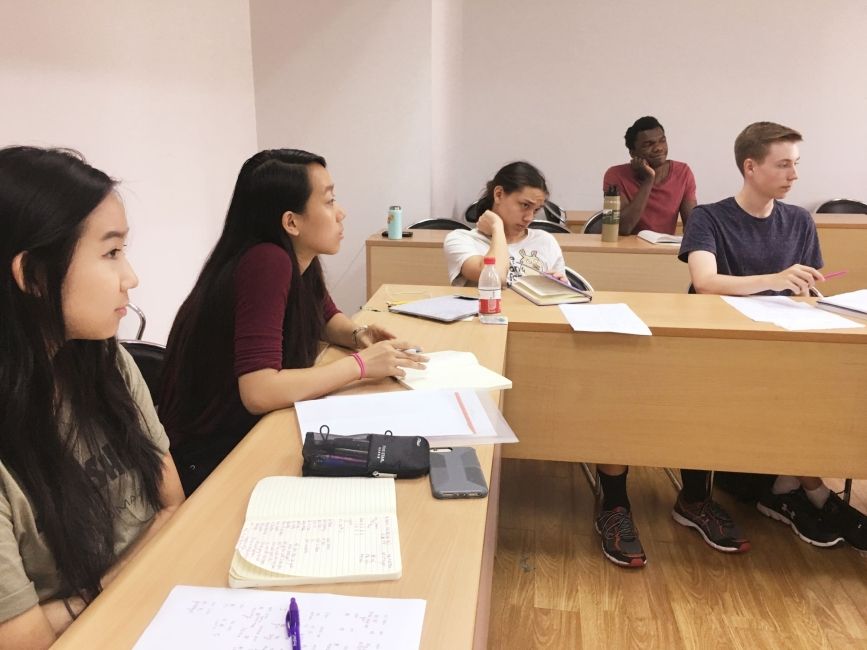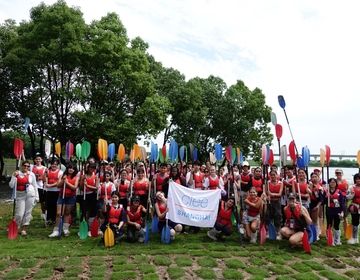Program Leaders' Final Thoughts on Their Students' Progress
Level 1 (一班)
Level 1 students: Jadyn, Jacquelin, Evan, Casey, Santiago, Natalie, Anna, and Simone
Level 1 program leader: Ruthie Stein
“Level 1 started off without previously knowing anything about the language or culture. They have been working on beginner-level language topics, such as how to introduce themselves, numbers, weather, how to buy things, how to describe what they want, and how to work Pleco (the notorious Chinese-English dictionary of choice for Chinese language learners). All these topics are important to know to get around in China. From reading what my students have been writing in their journals, I can see that what they’ve been learning in class has really helped them improve their language skills and their confidence to communicate with Chinese people.
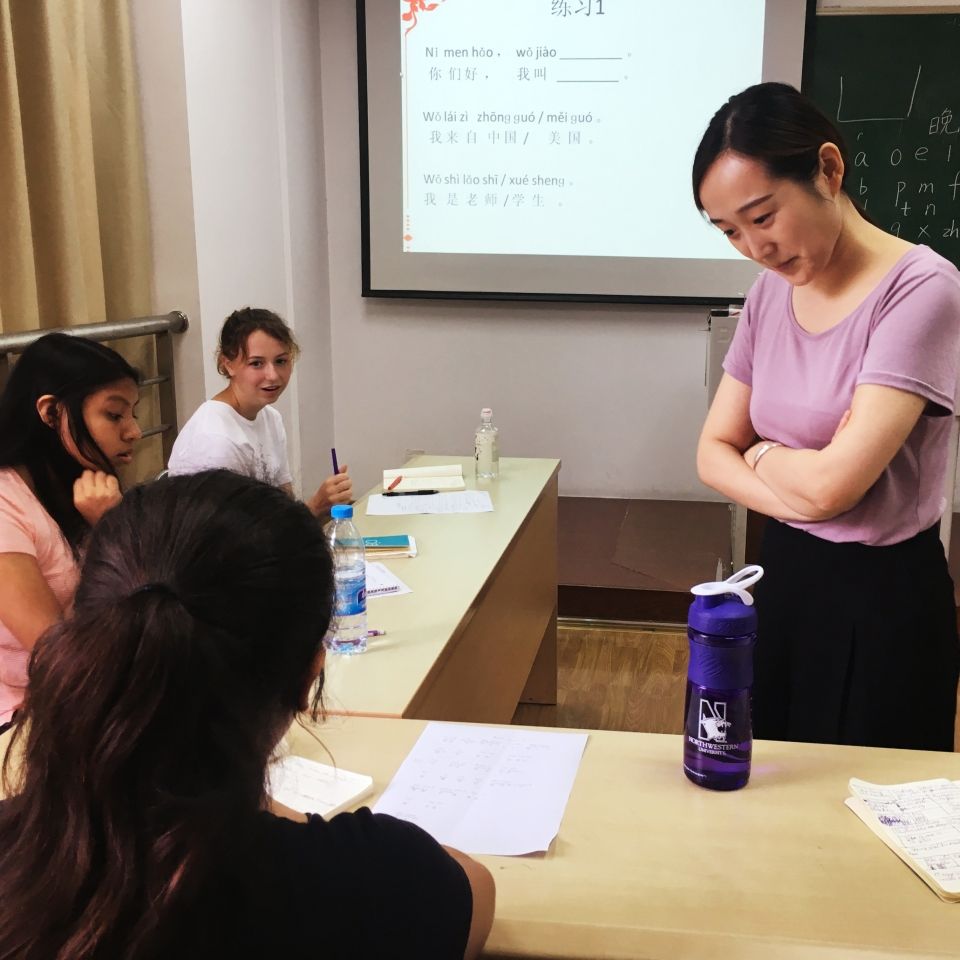
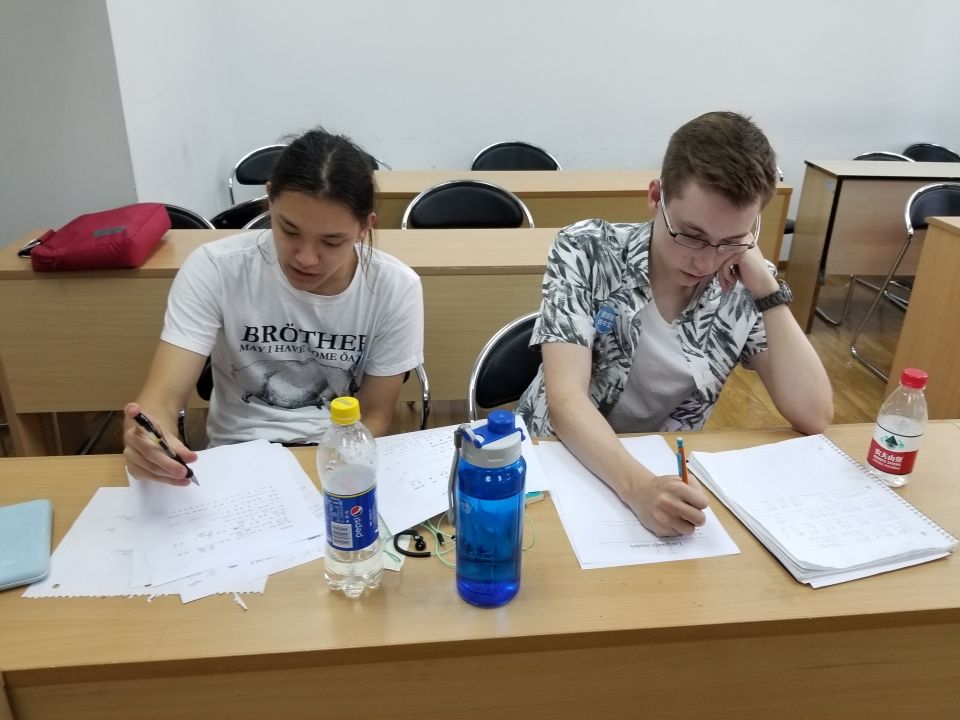
On the very first day of classes, when we went to do our Into the Community Conversation, they reported feeling very awkward. They didn’t want to continue feeling that way in later conversations with Chinese people, so I asked them how they thought they could get better at speaking Chinese. They responded, “Practice,” to which I responded, “There you go. Practice is key.” And practice is exactly what they did.
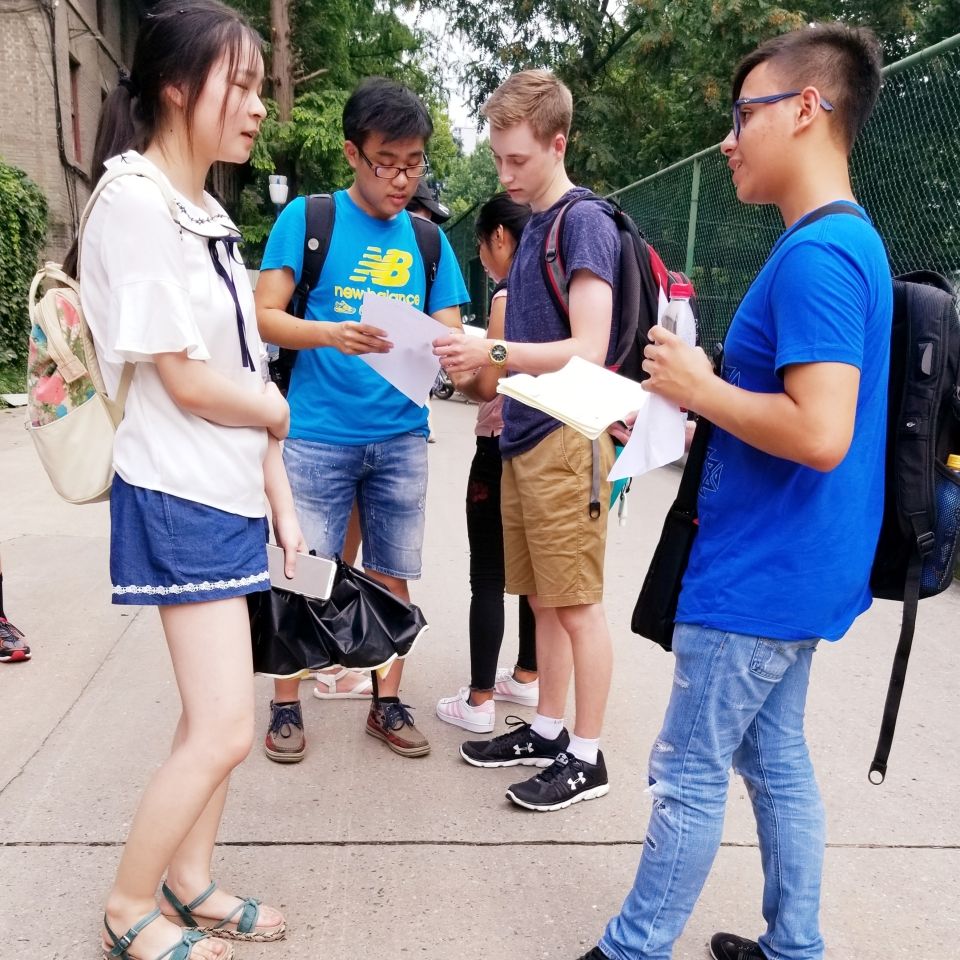
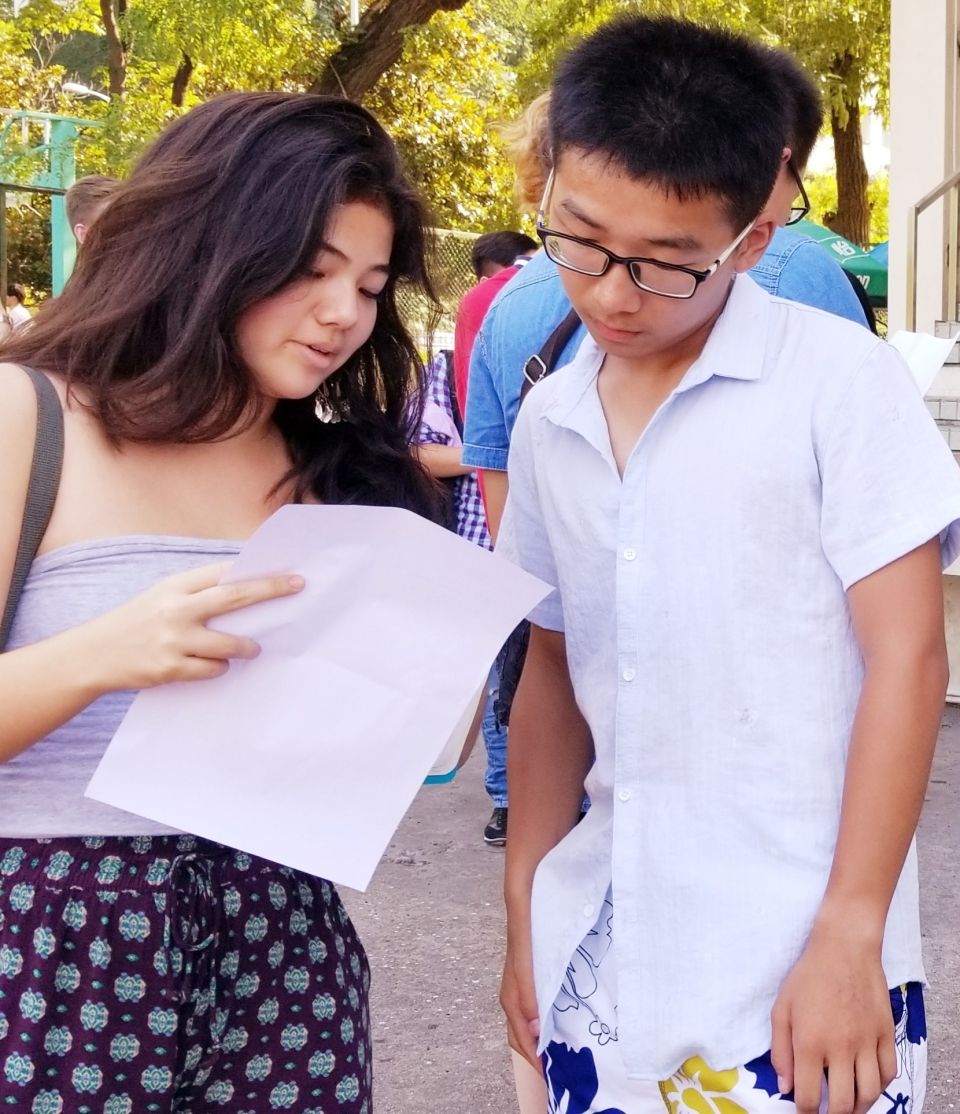
Recently, we did another Community Conversation in which they worked themselves up to go out by themselves to ask strangers one-on-one questions in the language. When they came back to me to report how their conversations went, they were ecstatic! They were like, “Oh my gosh, I just got to talk to someone all in Chinese!” When they told me this, I was thrilled, especially because they reported back to me all in the target language. They went from not knowing anything to being able to ask a local stranger about the topic of the day in Chinese and report what the person said back to me in the target language, which showed that they also understood what their interviewee said in Chinese. That really shows me that they’ve improved greatly on the program in the language.

In addition to improving their language skills, students have achieved a better understanding of Chinese culture. Some of their reflection journal prompts have been about comparing life in China with life in the United States. Even though they have different host family situations, many of them have observed similar aspects of Chinese culture, and they are taking all of them in very well with an open mind. A lot of the students have been writing about how they notice all these different things but aren’t intimidated by them or put off by them. They are willing to think about these parts of Chinese culture, acknowledge that they are part of everyday life in China, and adapt to these cultural standards to fit into the culture themselves.
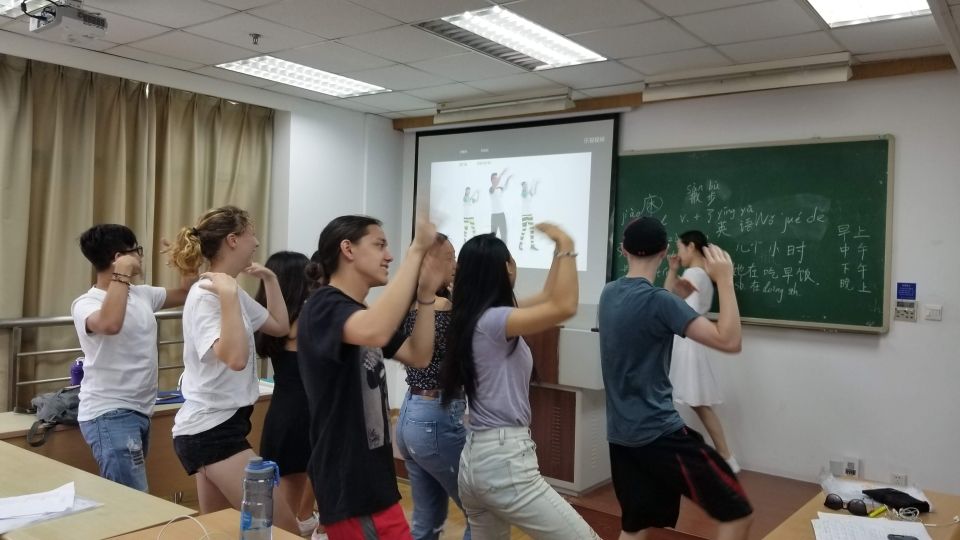
I’m very proud of my students and how much they’ve improved. They’re just getting it here, and I’m going to be very sad to see them go.” – Ruthie Stein, Level 1 Program Leader
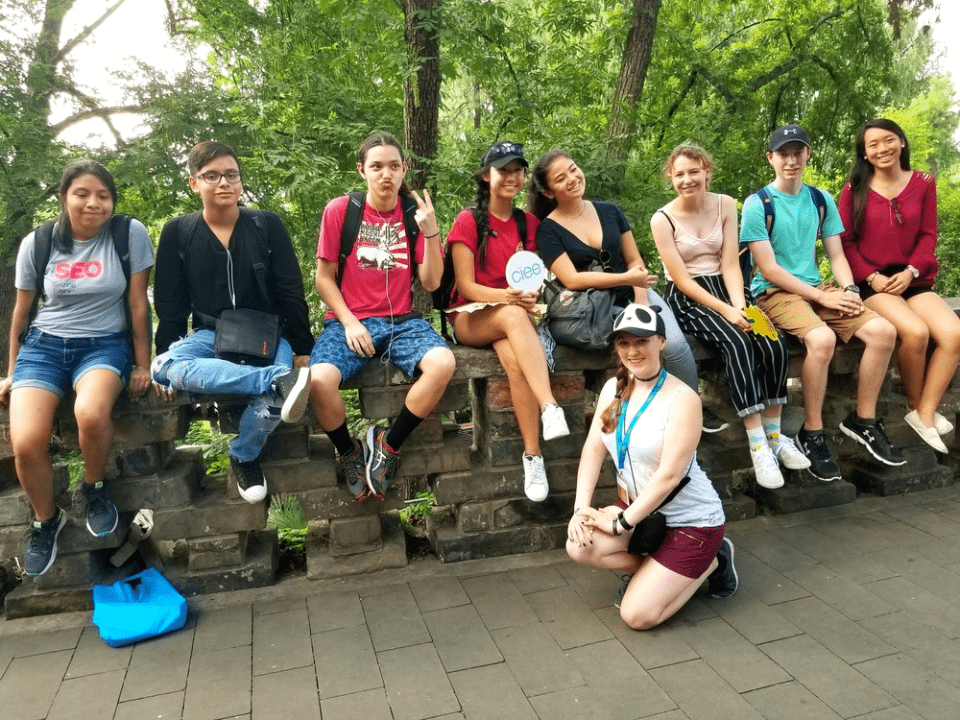
Level 2 (二班)
Level 2 students: Jorge, Aidan, Ella, Kamiya, Noah, Finn, Zach, Curtis, Isabelle, Chloé O, Robert, and Ethan
Level 2 program leader: Jennifer Rives
“My Level 2 students were always a lively, enthusiastic bunch. On the first day, I was a little worried that their Chinese classes might be too difficult for them. Judging from their facial expressions, many of them did not seem to know what their teacher, Yang laoshi, was saying. However, when I asked them if they wanted Yang laoshi to slow down or make her class easier, they said, “No! We want to be challenged! That’s why we came to Nanjing!”

Now that it’s the last week of the program, I can honestly say that my Level 2 students were able to rise to the challenge of learning Chinese. Every day, they worked hard, kept positive, practiced their Chinese with their host families, and even sought out additional opportunities to speak Chinese with me and each other. As a result, they noticeably improved their speaking and listening skills. Many students now have an easier time listening and understanding Yang laoshi and other Chinese people when they speak the language, even at their natural pace! Moreover, my students can ask me questions and converse with me entirely in Chinese, a task that used to be daunting and intimidating to some of them.
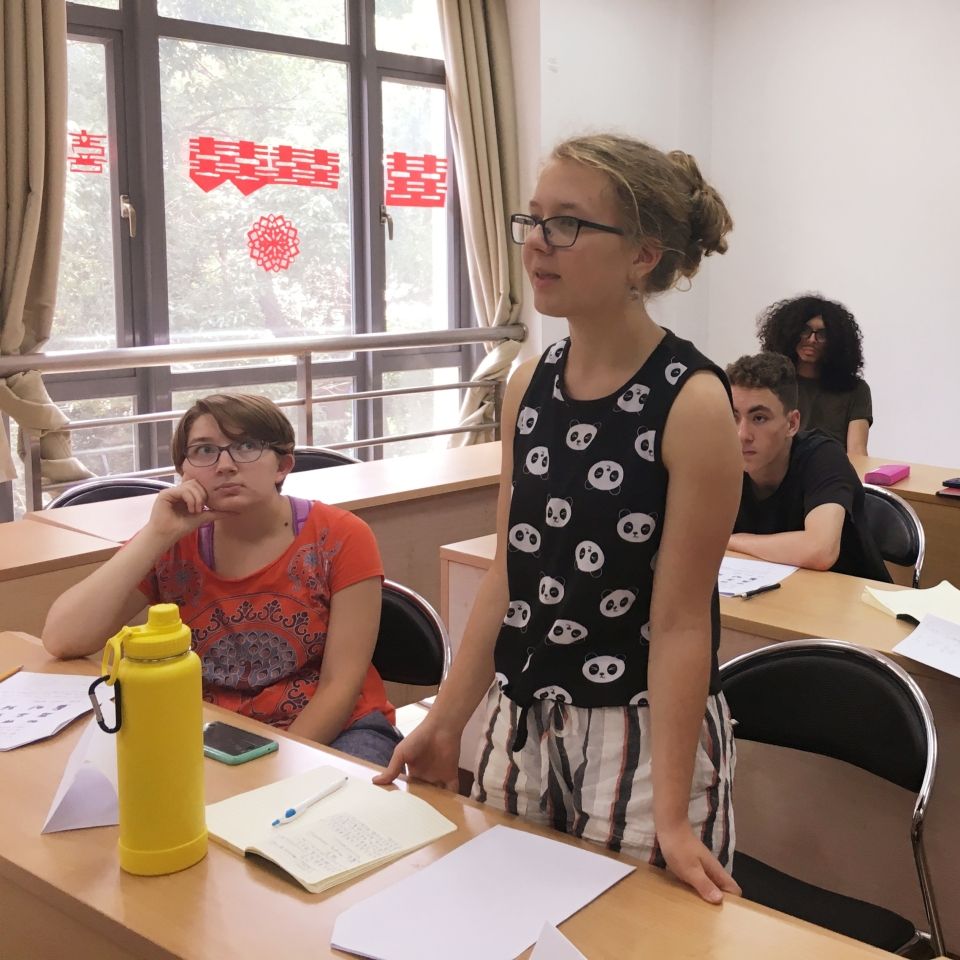
I’ve been especially impressed with the improvement I’ve seen during our Into the Community Conversations. On the 3rd day of the program, we took students to the Coco Milk Tea shop near campus to have them buy their own milk teas. At that time, they needed my help to order their drinks and only spoke a few words in Chinese when they had to order. When they finished ordering, they immediately switched back to English because it felt more comfortable to them.
Yesterday, on week 4, we went to another milk tea shop to do our Into the Community as a treat after their intensive body combat class. This time, students eagerly got in line and ordered on their own with confidence. When they were waiting in line, they spoke all in Chinese with me and with each other. On the way to the milk tea shop and back to Nanjing University, they talked in Chinese the whole time. When I used English to explain a grammar concept to some of them, they used Chinese to ask me to give them the grammar lesson in Chinese rather than English. They preferred to stay entirely in the target language during Into the Community, showing me that Chinese was starting to feel more and more comfortable to them. Comparing these two Into the Community activities, I realized just how far they’ve come, how much more comfortable they are speaking Chinese, and how much they’ve grown in the target language.
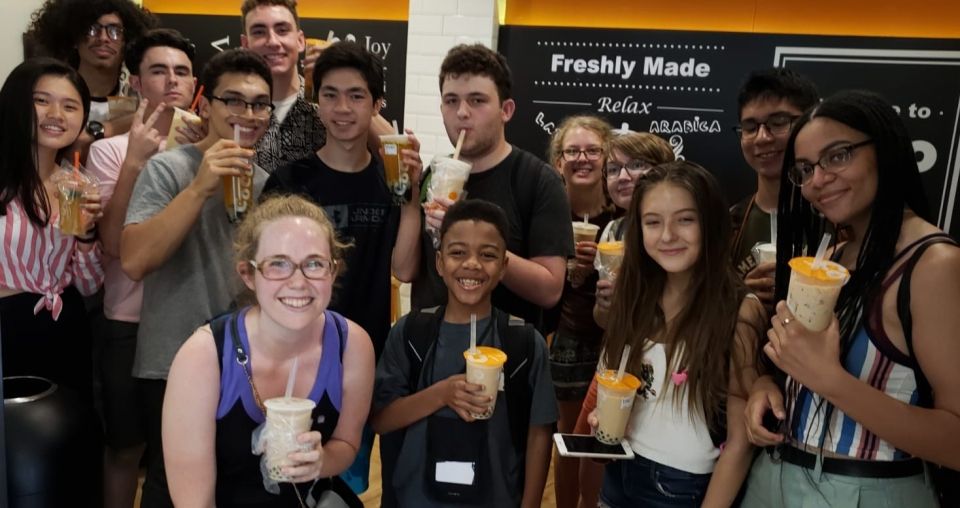

Another cool Community Conversation that we got to do was going to a Nanjing Brocade (南京云锦) silk shop. There, students got to see the gorgeous, colorful handmade silk products done in the Nanjing Brocade style. Many of the items in the store were expensive, costing thousands of yuan, but many were affordable too. So, students got to use their Chinese to ask about the products, ask for their prices, and work with the salespeople to buy Nanjing specialty gifts in the store. Students bought silk ties, wallets, and paintings to take back to their families. After shopping, we did a debriefing session (all in Chinese) in which we discussed what the silk items looked like, what types of items were sold in the store, the range of prices we saw, and which types of gifts would be suitable for which of their family members.

The work ethic and motivation that the Level 2 students have displayed in learning Chinese has been an absolute joy to witness. They are walking away feeling more self-assured and independent after having lived in a different country and been able to get around on their own using Chinese. I feel so lucky to have worked with this wonderful group of students over the past 4 weeks. I am confident that they’ll continue to work hard back in the States and set a good example for all the other students in their Chinese classes.” – Jennifer Rives, Level 2 Program Leader
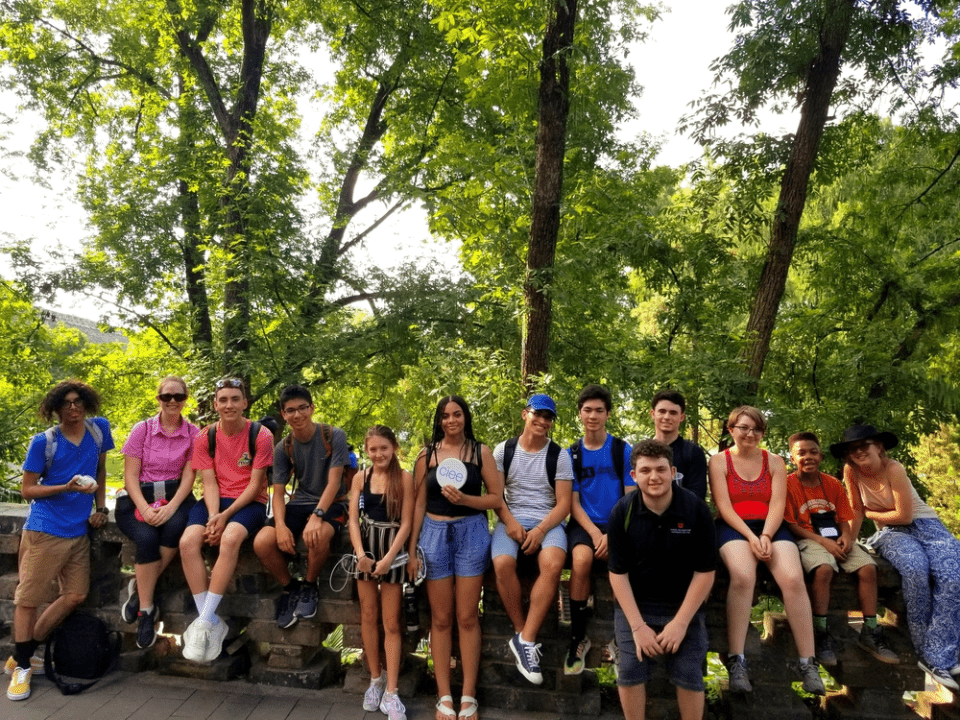
Level 3 (三班)
Level 3 students: Anika, Eva, Grace, Stephanie, Ruby, Henry, Chloe B, Garrett, Keegan, and Kaitlyn
Level 3 program leader: Ryan Averill
“What I think is interesting about Level 3 is that they came in with a basic comprehension level of Chinese, being familiar with basic foods, colors, and grammar structures. Over the course of these 4 weeks, they’ve been able to take their lessons from class and their Into the Community Conversations and really expand their vocabulary to many higher-level topics.
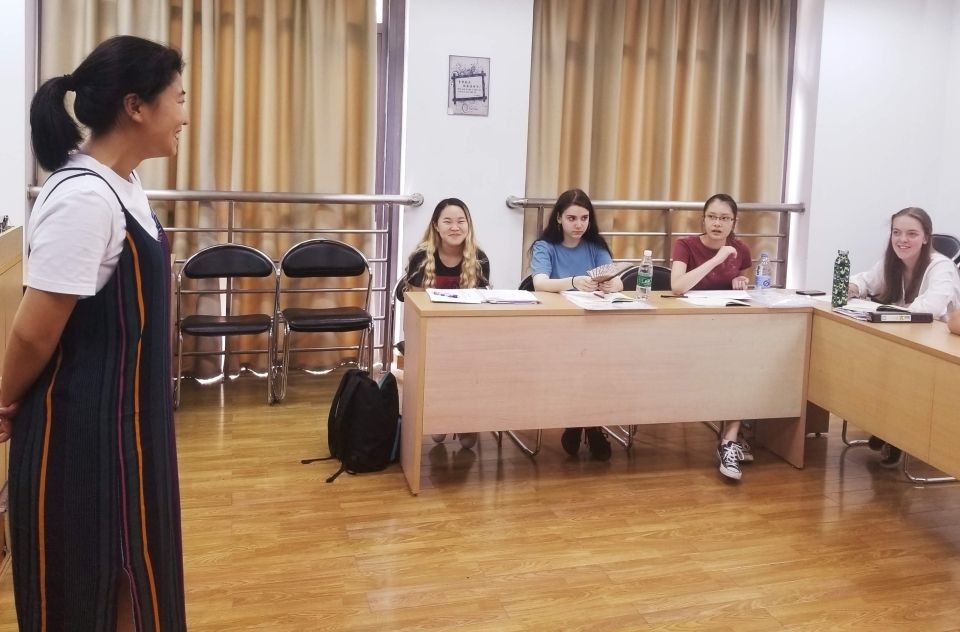
One of the Chinese culture topics we’ve been discussing in class is what to do if someone falls in the middle of the street (what is the meaning of that and, with Chinese traffic laws, should we help or not). Another topic we’ve discussed is who should take care of parents when they get older and how opinions on that issue differ in the U.S. and China. We went to a tea shop to ask how different teas are made, and students got the chance to buy tea to take back to their families. Another Community Conversation that I liked prompted students to interview people on the street about their perceptions on gender equality in China.
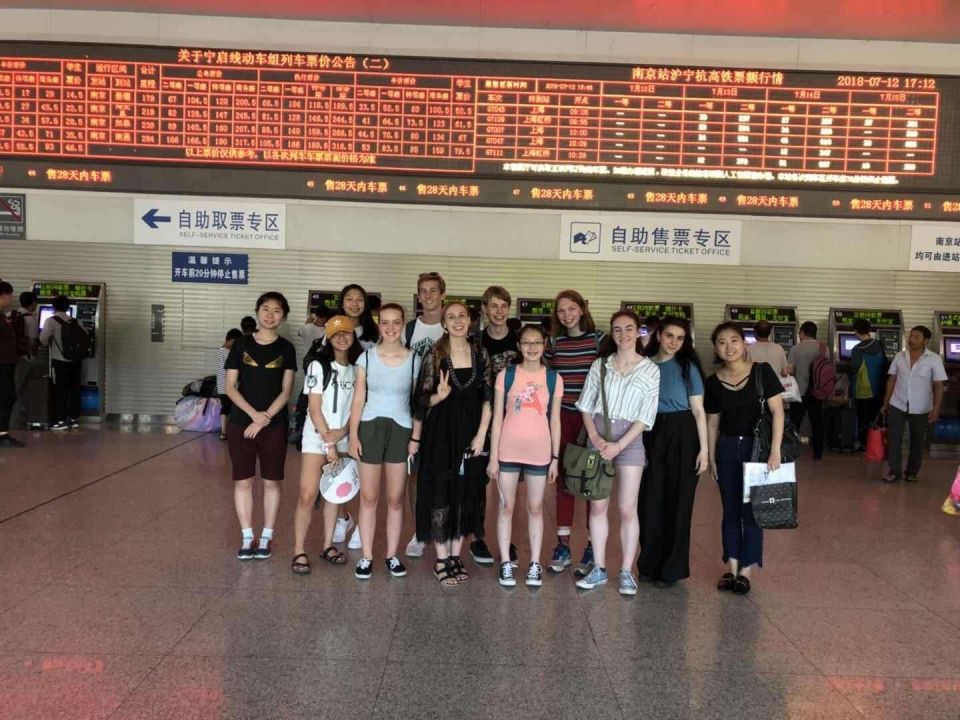
For today’s Into the Community Conversation, the students went out on the street to ask people about chéngyŭ (成语), which are 4-word idiomatic expressions. They went up to random people who passed by and asked them what their favorite 成语 were. After that, they compared the 成语 they learned and their meanings. One of the funniest ones that students learned was báijū-guòxì (白驹过隙), which Pleco told us meant “A white steed flits past a crack.” We later figured out that it means “How time flies!”
The students really liked how poetic the 成语 were but also how ridiculous their English translations were. They also got to see that a lot of the 成语 were like idioms that we have in the U.S., which was a good point of cultural comparison.
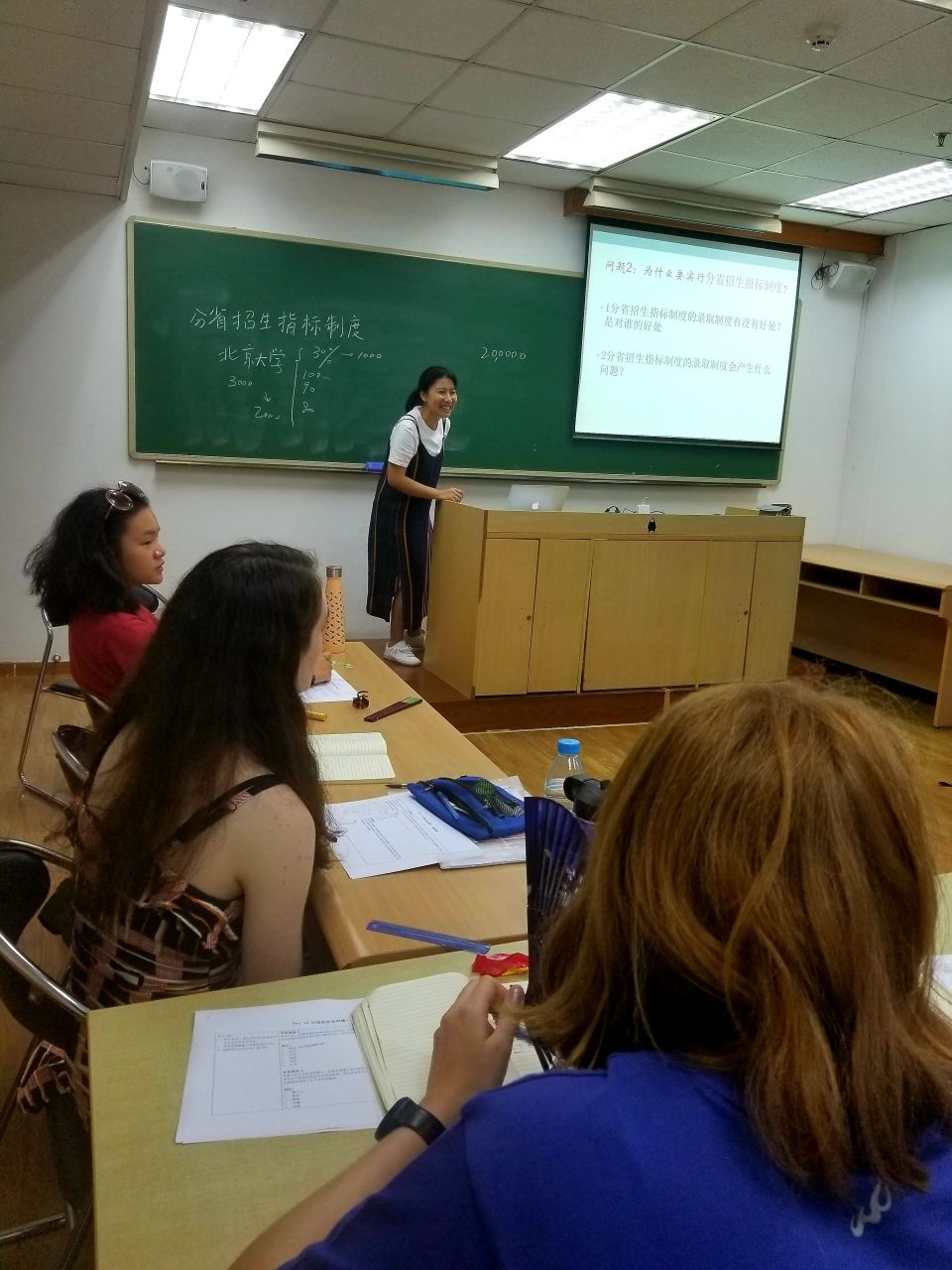
All these topics are much more specific and higher-level than what they originally knew how to discuss. Watching them come in with basic vocabulary and suddenly be able to talk about these pretty high-level topics is their biggest change and accomplishment.” – Ryan Averill, Level 3 Program Leader
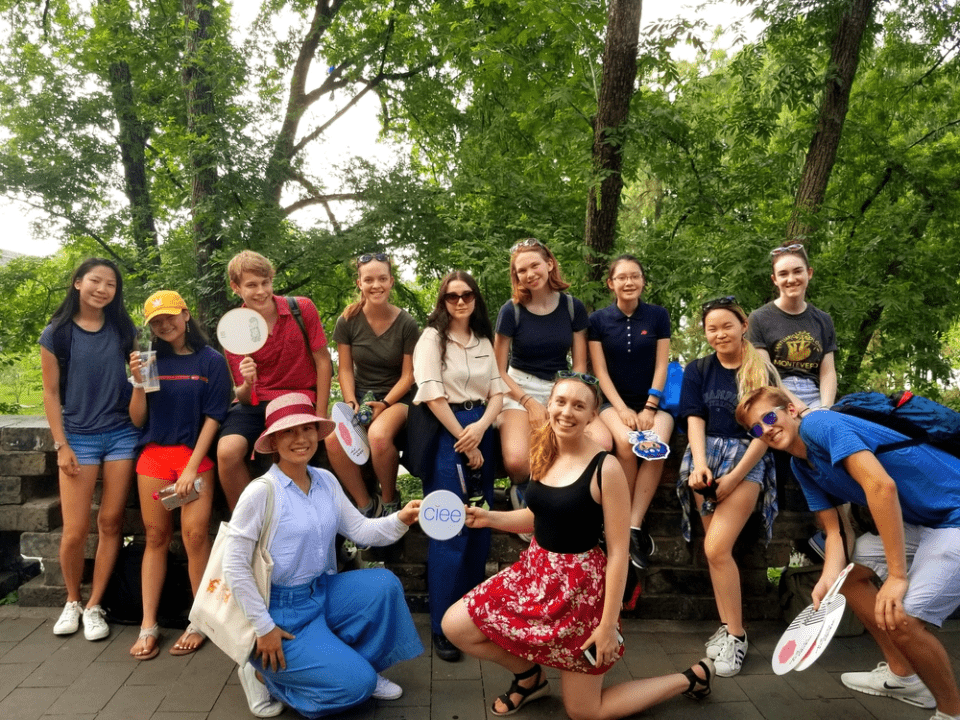
Level 4 (四班)
Level 4 students: Tina, Vicky, Sophia, Jenny, and Carol
Level 4 program leader: Chris Dusek
“My Level 4 class is very upper-level, being made up of students who are either American Born Chinese or who were born in China and moved to the U.S. early in life. What they’ve been learning about is a variety of higher-level topics dealing with issues in Chinese culture and society.

One of the topics they discussed and debated in class was whether we should give money to beggars, how the issue of begging relates to the larger issue of economic inequality in China, and what place the government has in solving issues of economic disparity. Another topic we talked about is the historical concept of filial piety, taking care of the elderly, and the role that elderly people play in modern Chinese families. We’ve also touched on environmental topics such as the quality of goods and how they are made as well as how many disposable items Chinese people use in their daily life.
From discussing these topics, students have had many opportunities to expand their vocabulary and knowledge of grammar. All of them have shown great improvement from when they first got here, especially regarding their writing and understanding of grammar.

They also got to do a lot of Community Conversation activities that were very advanced in terms of what they discussed and who they discussed those topics with. For instance, we took them to Shuanwu Lake (玄武湖) to talk with elderly people to find out what modern elderly people think about the cultural value of taking care of parents when they age. Students found out, to their surprise, that many of the elderly people on the street were very modern in their views and had ideas like those you might find in the U.S., including “I want to be independent in my old age” and “I don’t want my children to have to look after me.” They also got to go to a tea shop, where they were able to learn about the history behind each type of tea and on what specific occasions each type of tea was historically consumed (as well as which types are most commonly consumed at present).

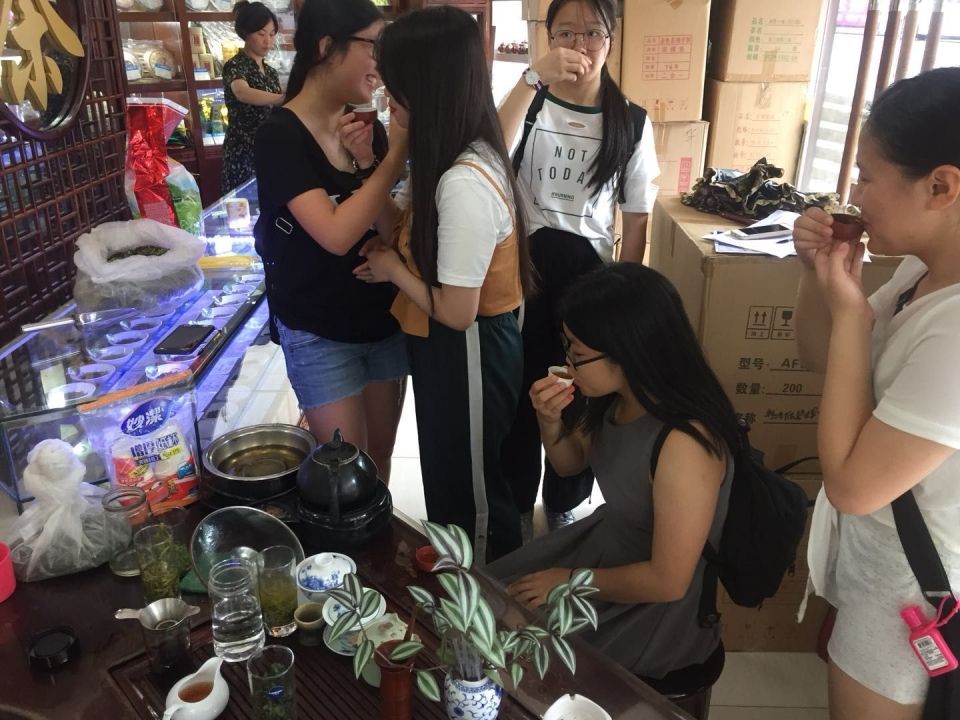
Through these methods, my students have been able to navigate China with a great deal of ease. They’ve internalized aspects of Chinese culture that they had not learned about back in the United States and have gained a greater appreciation of Chinese culture as result. They have always done very well in class and worked very hard, and it’s been a pleasure helping them.” – Chris Dusek, Level 4 Program Leader
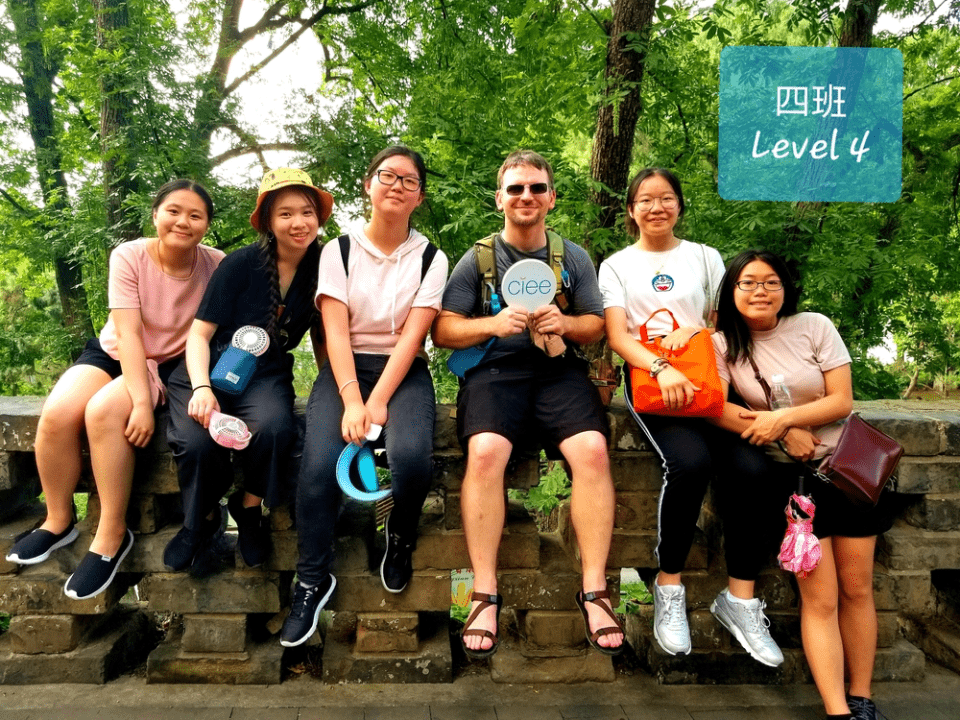
Photo credit: Program leaders Ruthie Stein, Jennifer Rives, and Chris Dusek
Related Posts
Exploring Shanghai - Visiting Yu Garden and Old City God Temple
On July 18, students visited the Yu Garden (豫园)and the Old City God Temple (城隍庙) in downtown Shanghai. During the excursion, students walked with their peers to explore the history... keep reading
Country Life in the City: Day Trip to Qingpu!
This past Saturday (July 13), HSSA Shanghai ventured out to Qingpu for a day-trip in the countryside! Upon stepping off the bus, students were greeted with mud and rain —... keep reading
Shanghai Session 2 First Week!
This week our students started their Chinese language and culture classes and have been having a blast. They spend their morning immersed in Chinese in a traditional classroom setting, then... keep reading
